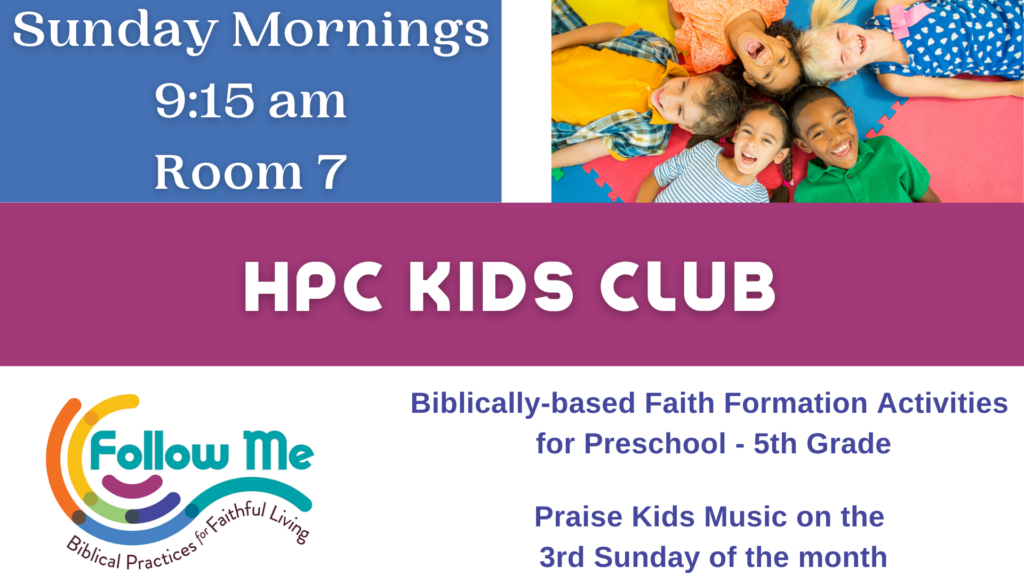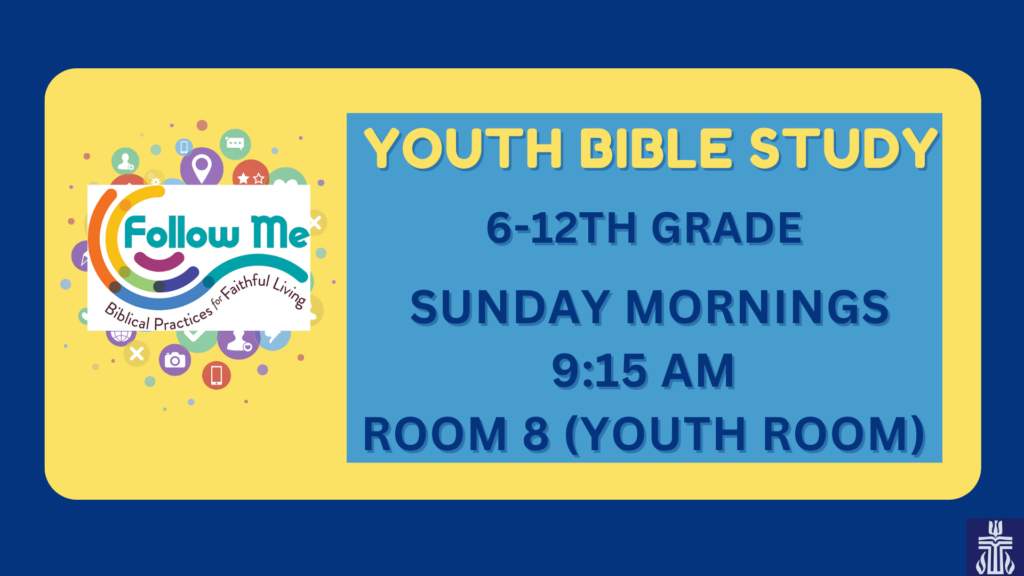Imagine for a moment, life before Caller ID. The phone would ring, and you would not know who it was. So, you’d answer, and moments later some sort of greeting would come from the voice on the other end. I remember calling my grandfather, and how there would always be a slight pause after I chirped “Hi Paw-Paw!” I could hear him smile on the other end, and the warmth in the tone of his voice carried across the line. “Well, Elizabeth Kaye” he would always say, using my full name more often than not. It was more than just a cursory interaction to get conversation going; it was a moment of discovery and shared connection. He knew my voice. Whose voices do you recognize without a name on a screen or their face in front of you – parents? a best friend? I’ve found that even without seeing, I can pretty quickly determine whether a crying child belongs to me or not. Even the youngest infants will turn at a mother’s voice. Our ears seem trained on some voices, whether by instinct or simply hearing them more often.
Today’s text from the Song of Solomon begins with such a warm connection, as the poet hears the voice of her beloved, bounding in her direction. This book, not often one read from the pulpit, is a beautiful poetic masterpiece tucked into our Biblical canon, offering a sensual and profound reflection on one of life’s greatest gifts – love. The lyrics are descriptive and erotic, celebrating physical aspects of love and affection that may even make us blush when read, but laid out before us without shame. Instead, in this book we find a celebration of love the way it is meant to be, marked by passion and the sensuality of nature alongside mutual and reciprocal affection filled with delight.
Throughout the centuries of biblical interpretation, people of God have wrestled with what to make of it. Some have wondered if these are more historical poems referring to an actual human couple, such as Solomon, to whom the book is attributed, and a peasant bride. Contemporary scholars have offered that perhaps these are more anonymous secular ones, noting the similarities in style and function to Egyptian, Arabic, and Syrian love poems from around the same time. The most classic interpretation, is that it seems to serve as a masterful allegory of God’s love for Israel, although like the book of Esther, it never mentions the name of God directly. This morning, I’d like to offer a thought that resonated with me this week: rather than trying to draw a distinction between history and allegory, perhaps they aren’t really that different after all in relation to this book helping us better understand love – both in our relationships with others and in our relationship with God. Julia O’Brien notes that the lives of the soul and of the body are not that distinct, saying:
To be in love is to live beyond the boundaries of the self and to enter a realm of sheer delight, in which the human and divine can merge. Human love both allows us to celebrate God through our bodies and educates us in loving and being loved . . . [Song of Solomon] celebrates and perhaps even creates the feelings of passionate desiring and knowing oneself to be passionately desired. While loving and being loved are not the only goals of human existence, they can be transformative experiences that not only lead us to praise the One who makes joy possible but also exercise our capacities for love. Glimpsing oneself not as perfect but perfect for someone, wanted, sought after, is a cause for singing both secular love songs and hymns[i].
This passage in particular invites us into the joyful anticipation of being connected – to nature, to one another, and to God. It is a song of hope, brimming with energy, inspiring us to enter a new season of being in the world where we might be transformed by the renewing power of love, be it human or divine. How fitting to come to this text on the cusp of the beginning of fall and at a time in our church year when several new things are springing up around us. Next week, we will celebrate another beginning of learning and growing together in faith, and at the same time launch a longer visioning process in which we hope to be attentive to God’s guidance for our congregation in the future. Today’s verses prepare us for such a new vision and fresh start, with encouragement for how we might best engage with each other and with God in the process. It can be summarized in 3 verbs that almost outline our text: Listen, Look, and Arise.
Listen. That is what catches our attention, along with the poetess, at the beginning of the passage. Listening implies a certain posture of readiness; not being so self-involved or fixated on a task at hand that we become oblivious to the world around us. To listen to another person is one of the greatest gifts we can give one another. Rather than just waiting to insert our opinion, when we are truly listening, we are setting our own egos aside and are fully engrossed in accepting the gift of what someone else has to say to us. In a moment, our listening affirms that person’s self and says “I care about you. I’m here.” It is the most powerful relationship tool we can have with each other, yet it is one of the most difficult ones to maintain in the midst of all the noise around us.
In the case of our faith, listening for God’s voice can feel like a daunting task. It is awkward and confusing as we try to discern which is God’s voice and which are the voices around us. Nevertheless, we are called to listen for it, attentively, prayerfully. To do so well means engaging in a deep relationship with our Creator. The more we spend time in conversation with God, otherwise known as prayer, and the more we engage with God’s Word as revealed in Scripture, the sooner we begin to pick up on the whispers of God’s voice around us. Listening, with those we love, and with God, is an activity marked by relationship. Even before we are able to see what is coming, we hear the voice of our beloved.
When this happens, we cannot help but look. Our energy picks up and we begin to scan the horizon in anticipation of love’s light breaking through. Words evoke a vision for what could be. In this poem, it is clear that things have been difficult, but those days are no longer, “for now the winter is past, the rain is over and gone” (verse 11). Such words imply that what has been spoken is not just sweet nothings or platitudes, but hope that springs even from dry places. It implies the reality of those things in life that keep us shut in and frozen, or looking out at dreary skies once again with lament. While it should be noted that any one relationship should not be the be-all-end-all of our happiness, it is certainly true that the love we share with others has the potential to turn even our worst days around. What is more, being connected with others helps us look in new directions. How often has a friend comforted you and helped you see things in a more positive way, or work through something? Or perhaps there has been tough-love, when a loved one forces you to take a hard look at some things that are not good for you or those around you. To look as a follow up of listening means that we truly “see” one another, not just on a surface level, but in deep real ways that encompass the whole spectrum of emotions and experiences. Looking involves both an awareness of the past, an honest analysis of the present, and even the ability to begin to imagine the possibilities of the future. It is seeing things as they have been and are, but in a way that is mindful they don’t always have to be that way.
For the people of God hearing these words from Song of Solomon, there may have also been a deep longing for a restored relationship with the Divine. When all else seems to have failed, we too search the horizons for signs of hope and promise. Looking is also discovering the possibilities and beauty in the world. When we look in this way, we engage in an appreciation of the amazing work of our Creator. It is no surprise that this poem is rich with images of nature – it is one way we glimpse the love of God for us, and all of the world. To take the pleasure in looking is to revel in God’s glory, and to open ourselves to God’s vision for the world, as it is, and as it should be.
Together, listening and looking lead us into a new vision – for our relationships with others, and for our relationship with the Divine. They draw us into authentic, intimate encounters in ways that transform us, and become an invitation for a new way of being in the world. Arise, repeated several times in the poem, is our summons to not just hear and see from a distance, but participate in the new creation that is springing forth. It reminds us that for love to be fully personified it must be acted upon. We cannot just assign it some words and paint verbal pictures of the beauty of nature. We must engage it with our whole selves and act.
This is the message of James in a nutshell, captured in the verses that accompany our poem in the lectionary. They remind us that in our lives and in our faith, it is not enough to simply think or say that we believe something. Our faith has to lead us to action if it is to be alive and true.
Listen. Look. Arise. These are the markers of strong, committed, intimate relationships. When we practice them, as individuals and community, they lead us to a rhythm of life marked by love and faith. They become our way of live, interwoven with creation, with each other, and with our Creator, and our lives will be richer as a result. A new season is coming. May these words, and the Word of God, lead us into it and into the new possibilities it contains, so that our lives ring out with poetry and song. Amen.
~Rev. Elizabeth Lovell Milford
September 2, 2018
—————————————————————————–
[i] Julia M. O’Brien, “Exegetical Perspective: Song of Solomon 2:8-13,” Feasting on the Word: Year B, Volume 3, David L. Bartlett and Barbara Brown Taylor, editors, (Louisville, KY: Westminster John Knox Press, 2009).



